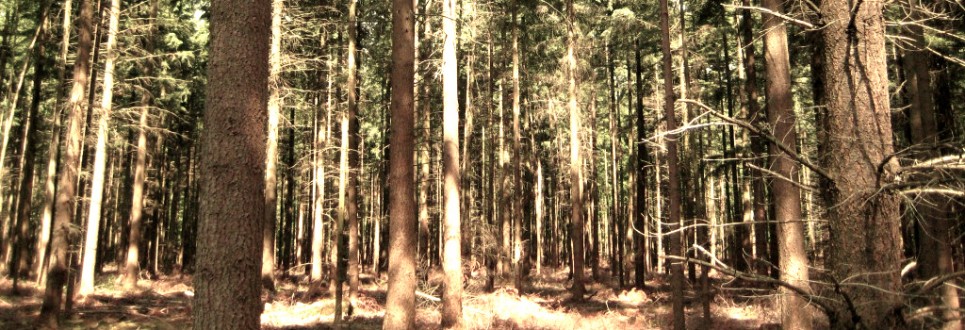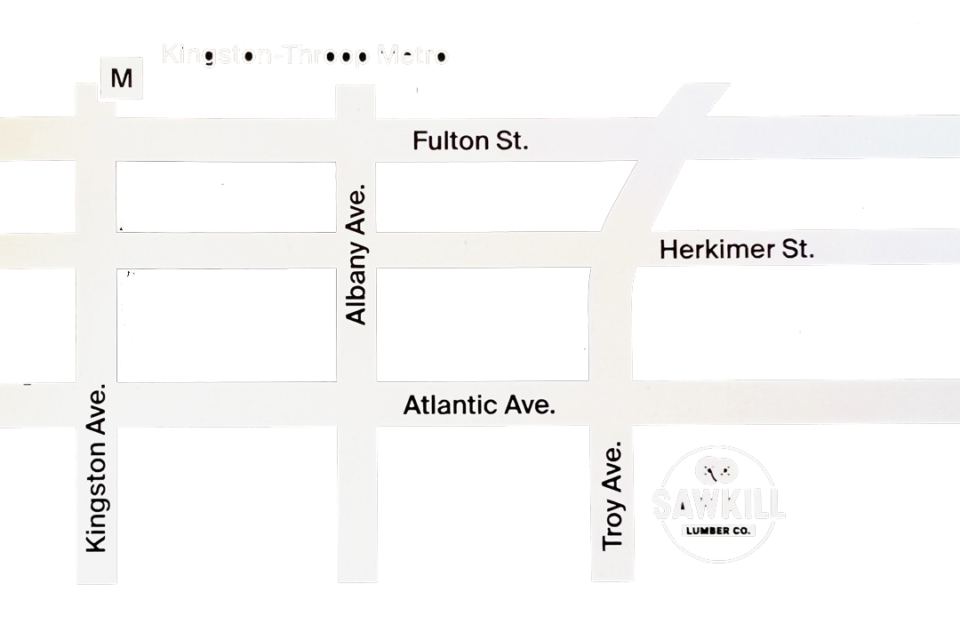 Doug Fir arrived in New York City from the West in the early 20th c., framing low-rise light industrial structures across the city, especially in the developing outer boroughs – the auto parts suppliers and repair shops, candy and confection distributors, machinery and carpentry shops, the juke box and pool table distributors, all operating under woods from the massive Douglas Fir trees – the mid-Century modern of American structural woods. It took intercontinental freight networks and the depletion of Southern forests to make Doug Fir more economically viable in the East. And during WWII, larger volumes were being shipped east to conserve steel.
Doug Fir arrived in New York City from the West in the early 20th c., framing low-rise light industrial structures across the city, especially in the developing outer boroughs – the auto parts suppliers and repair shops, candy and confection distributors, machinery and carpentry shops, the juke box and pool table distributors, all operating under woods from the massive Douglas Fir trees – the mid-Century modern of American structural woods. It took intercontinental freight networks and the depletion of Southern forests to make Doug Fir more economically viable in the East. And during WWII, larger volumes were being shipped east to conserve steel.
Douglas-fir is one of the fastest growing conifers in North America and grows to remarkable sizes in older forests. It’s been available in large supply and it’s excellent wood characteristics make it the most utilized lumber species in the United States (close to 70% of NW lumber). The trees grow through varying climates in the Northwest and up into British Columbia. It can reach heights of 250’ or more with 3-6’ diameter trunks. It’s seeds are dispersed by the wind and lodge readily in most soils. The tree is named for the Scottish botanist David Douglas, who was sent to N. America to study this species in 1825.
It’s principal use is structural lumber and timber because of its strength and availability in large sizes. It also is used heavily for construction-grade plywood, veneer, paper products and various types of millwork, flooring, pallets, boxes, crates, ladders, and furniture. And sometimes, it’s just ornamental, planted throughout the world.
A) Early wood usually lighter than late wood. B) abrupt transition. C) Resin canals indistinct to visible eye. D) Frequently tangential groups in the latewood. E) Rays of two widths, those with traverse resin canals barely visible to naked eye.
Photo: Hoadley, Bruce R. Understanding Wood: A Craftsman’s Guide to Wood technology The Taunton Press, Newtown, CT. 2000.


